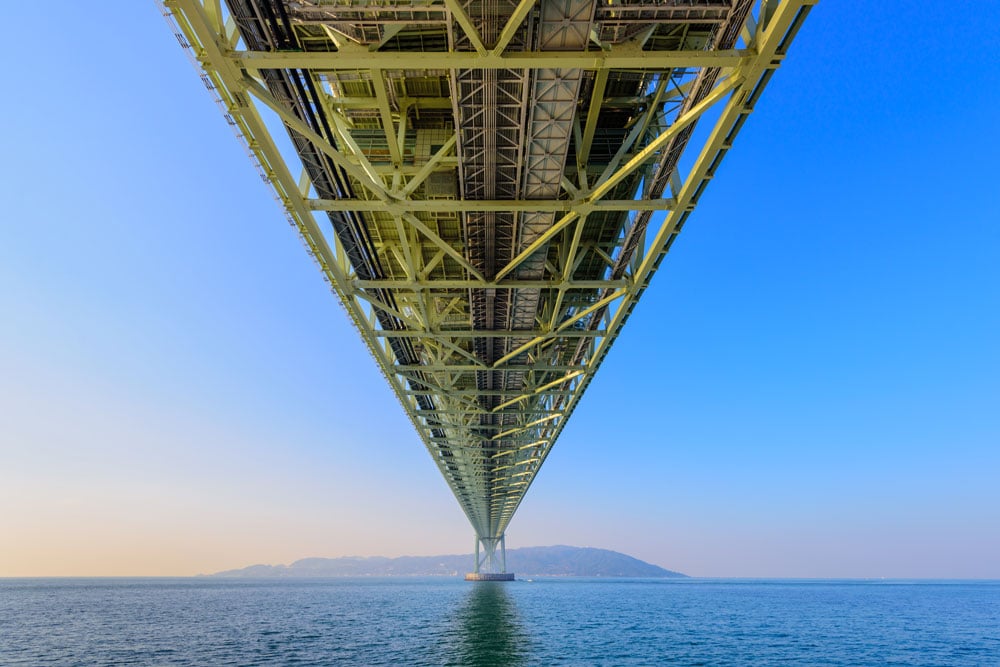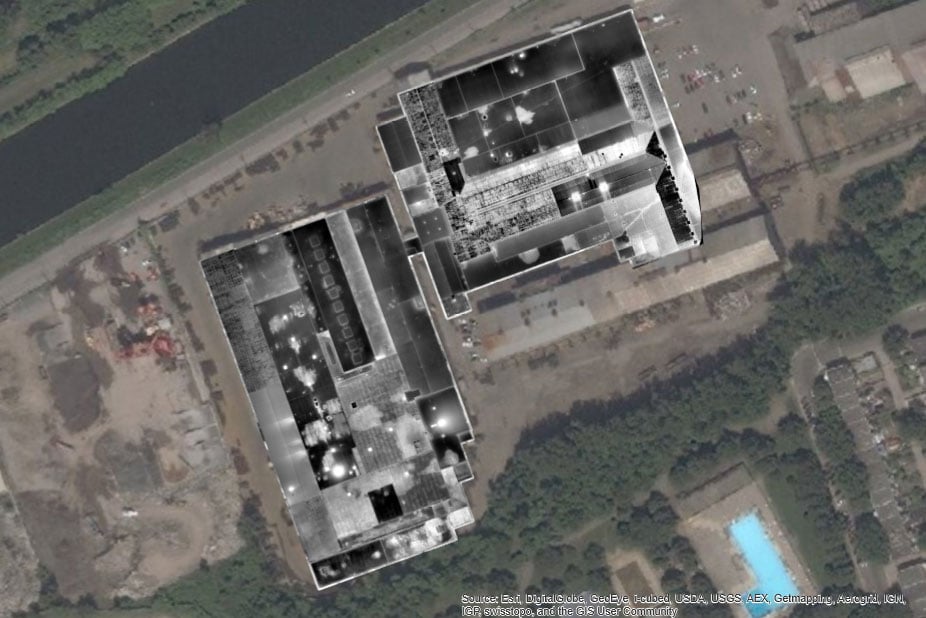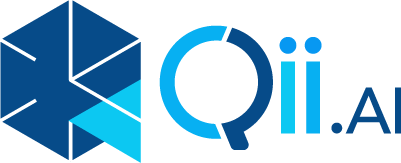Building professionals, insurance companies, real estate marketers and other stakeholders in the construction industry are increasingly relying on drones to inspect the roofs and other parts of the structures. Other industries such as oil and gas, agriculture, surveys, and others are also embracing the technology because of the many financial and safety benefits it offers.
Today, drones are increasingly assisting the building professionals to assess the exteriors in search of defects, wear, leaks and other conditions. Using drones together with drone software for building inspections, this enables the building owners or managers to rectify the issues identified and hence prevent costly failures or accidents. Other than checking for defects, the drones are also finding a wide range of applications in the construction projects. The aerial imaging is also useful in providing valuable information to insurance and real estate marketing companies.
Generally, the drones offer a wide range of benefits to the stakeholders in the building industry, but we look at them, let us first see the challenges with the traditional inspection methods.

Challenges of using traditional building inspection methods
Traditional inspections have a wide range of challenges that make them costly, risky and slow. In particular, it becomes more difficult when working on taller and complex structures. The common problems include;
Higher costs
While normal ladders are adequate for standard buildings that are not very high, this may not work for the tall structures. As the height increases, accessing the walls and roofs requires expensive climbing gear such as scaffolds, access towers, aerial lifts, swing stages, and other equipment.
If the inspecting company or building owner does not have such equipment, they will either have to hire or purchase them, hence increasing the cost of the inspection.
Other than the cost of equipment, the manual inspection requires more labor, and because of the high risks such as falls, electrocution or collapsing roofs, the insurance costs are also higher.
Time-consuming
Planning and performing the assessment of a structure may take days or weeks depending on the location, height, and design. Before surveying or assessing the building, the workers will have to first erect, or set up the ladders, scaffold or other access gear. They will then have to disassemble them after the exercise.
Consequently, this delays the decision-making process whether for maintenance, insurance assessment or marketing purposes. Further, a delay in identifying defects increases the potential of structural failures since the maintenance staff may not get the information in good time to rectify the problems.
Higher risks
Generally, sending workers to scale high walls or walk on rooftops exposes them to a wide range of risks. Chances of falling off ladders, from collapsing defective roofs and getting exposed to other risks are usually high and this can lead to accidents to both the workers, building occupants or passersby.
Why drones
As building owners, managers, construction companies and others continue to look for cost-effective, faster and safer means of inspecting structures, the drones emerge as the best alternative to the traditional methods.
The UAVs provides a wide range of benefits that include better sharable data, wider coverage, shorter inspection times, lower costs and more for building inspection services.
Benefits of using drones for building inspections
The drone technologies have the potential to help the professionals and building owners to overcome most of the challenges they encounter with the traditional methods. Although there are many benefits of using drones for building inspections, here are the top five.
Lower Inspection costs
The drone-based building inspections are usually faster and require little preparation time, equipment and labor. This translates to lower deployment and inspection costs for both the building owner and the inspecting professional. This is far much less than what it costs to use a traditional or manual method that often requires heavy and expensive climbing and access equipment.
Generally, the drones eliminate the need to acquire or hire expensive access equipment as well as the time it would take to assemble and disassemble them.
Organizations using drones are able to cut down on equipment and labor costs. In addition, they can perform frequent inspections hence the ability to get better and up-to-date data.
Better images and data sharing
Quality aerial images of buildings and other structures are useful in many ways. The managers or building owners can use these images to accurately assess the status of the structure for maintenance, marketing or insurance purposes. In addition, construction professionals can use aerial images for planning and determining the progress of their work.
Although it is still possible to use the traditional methods, these methods are slow, costly and riskier compared to drones. The drones have the advantage of accessing even those hard to reach or risky areas with ease, hence the ability to obtain better images from the roof or walls as well as assessing complex features of the building.
Also, the drones are able to provide wider coverage while taking photos, videos, measurements as well as thermal images. In addition to the ability to access the difficult to reach areas, it is much easier to take measurements or capture images from certain angles and positions impossible for a human worker. Even better, the drone can repeat the same shot in the same position as many times as possible. This makes it easier to compare before and after images after a maintenance or repair job.
In addition to the high-resolution camera, operators can integrate the drones with other sensors such as the infrared imaging devices, gas leak detectors, and others to collect a larger number of different parameters from the roofs. This enables them to gather more comprehensive data within a very short time and without requiring high levels of expertise.
Using communication technologies such as Wi-Fi, Bluetooth or cellular data, the devices can transmit the data and enable the stakeholders to view the footage in real-time. The data is also compatible with most standard software, hence shareable across different platforms.
Time-saving
The drone eliminates the need to transport and set up scaffolding, ladders and other access equipment, hence reducing the cost and time for the inspection exercise.
Unlike the traditional inspection methods that require lengthy preparation periods, setting up of the heavy access equipment and manual data gathering processes, the drones can reduce the inspection time significantly.
Generally, the drone inspection requires a short time to plan and execute. In fact, it is possible to plan and perform a drone-based inspection in less than an hour compared to several days or weeks for a manual method.
The improved time translates faster detection of problems or issues that require attention. For insurance and marketers, the savings on time is a great benefit since they are able to submit proposals much faster.
In assets management or construction projects, the drones offer an effective way of reducing inspection and maintenance times and costs. Generally, it cuts down on the time to evaluate the structure and make the necessary decisions - such as repairing defects before they lead to bigger expensive failures.
And if there is something that is not clear or requiring clarification, the operator can send the drone back within a few minutes. Sending back workers in a tradition inspection method may take several hours or days, especially if they had dismantled the climbing equipment and even longer if they usually hire them from third party providers.
Ability to access hard to reach locations
Drones provide a cheaper, quick and safe method of inspecting any type of a structure. Typically, most buildings and especially those with complex design and roofs are usually difficult and risky to inspect using the traditional methods. They require specialized climbing gear, expertise, more labor, and have higher costs.
On the other hand, drones can access confined spaces or hard-to-reach areas of the complex structures at lower costs, faster and with lower risks. This enables the inspection of places that would otherwise be very difficult using the traditional means. In some cases, the workers are limited on how close they can get to a surface. As such, it becomes impossible to gather valuable data from these areas. On the other hand, the drone can get as close as possible and take high-resolution images.
By enabling the inspectors to obtain information from almost all the areas, the drones widen the coverage area hence improving the reliability of the assessment and maintenance programs.
Improve safety
Drones have the ability to access locations that are hard to reach as well as those that pose safety and health risks to people. Other than falling from the building or access equipment, there are other risks associated with the inspection of tall and complex structures.
For example, exposed electrical cables very close or sometimes touching the buildings are a big risk since they can easily electrocute the workers. The other risk is the climbing equipment accidentally touching exposed wires and risking the lives of the worker in addition to causing short circuits and fires.
Other than the ability to access the confined or dangerous spaces, a drone requires less effort, unlike the manual methods which may even require special clothing and equipment if inspecting hazardous or dangerous areas.
Because of the high risks associated with manual inspections, the insurance costs are higher for the workers as well as the equipment. However, with the drones, the risks are much less and so are the insurance costs. The UAVs eliminate the need to end workers to risky locations by allowing the operators to inspect the building from a safe distance.
Conclusion
Drones provide a faster, safer and cost-effective building inspection alternative to the traditional manual methods. The UAVs offers a wide range of benefits to the building owners, managers, insurers, marketers and other stakeholders. This includes but not limited to reduced inspection risks, lower costs and faster access to the building status information. Consequently this gives the organizations the opportunity to make maintenance, marketing, or the decisions in good time.
Tags
Building Inspections


